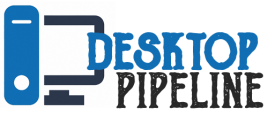- Order Processing Services and Their Importance in Inbound Call Centers
- Designing for Micro-Journeys on Singaporean Websites
- 3M Water Filter in Singapore: Smarter Ways to Test and Taste
- Will Female Google Reviews Still Matter in the Age of AI?
- Gaming Setup Essentials: Gaming Console, PC, and Accessories Explained
